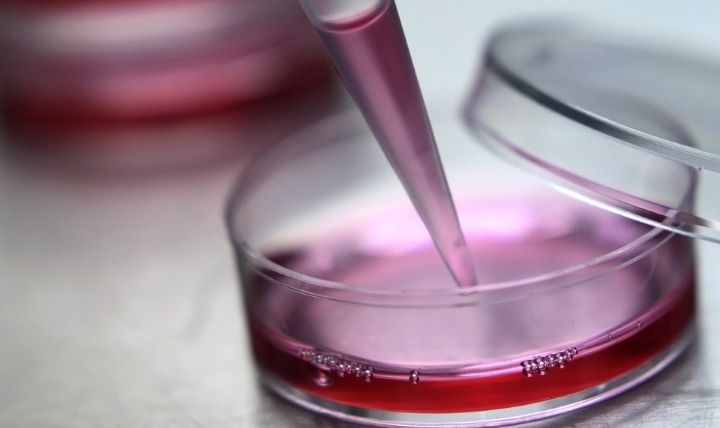
When you’re banking your child’s umbilical cord blood, you’re stocking an arsenal to fight potential health issues. If it comes to it, you’ll have the resources ready to treat a condition like leukemia that could threaten your child’s life or the life of the child’s sibling. Here’s what to know about stem cell treatments now and in the future.
What Can Stem Cells Treat?
Cord blood and tissue banking preserve stem cells that are approved to treat more than 80 diseases and health conditions. Children who suffer from blood and immunity disorders have a chance to both battle and recover with these resources on their side.
Stem cells are already helping to cure conditions like leukemia, lymphoma, and sickle cell anemia. And researchers are conducting clinical trials that are exploring the potential for countless more stem cell applications. In the future, your child’s stem cells could be called into action to treat heart disease, other cancers, autism, diabetes, Parkinson’s, Alzheimer’s, and more.
What’s a Stem Cell Transplant?
You may have heard of cases where patients need a bone marrow transplant—but it’s not always easy to find a biological match. They’re talking about stem cell transplantation. When you bank the valuable contents of your child’s umbilical cord blood and tissue, you already have what you need for one of these transplants.
Disease can damage the body’s blood cells. And unfortunately, the cure—chemotherapy—can have the same effect. That’swhat umbilical cord blood stem cells areused for: replacing the damaged cells by developing into whatever kind the body needs. From cord blood, we can get hematopoietic stem cells that can become red blood cells, white blood cells, or platelets.
How Are Stem Cells Stored?
New England Cord Blood Bank can give you a kit to pass on to your doctor when you go into labor. After your baby is delivered, your doctor clamps the umbilical cord and extracts as many stem cells as possible; you and the baby never feel a thing.
At our storage facility, we cryogenically freeze the stem cells indefinitely and keep them stored at a very low temperature. They’re preserved with the help of liquid nitrogen, but the system is not dependent on electricity. The safety of the stem cells is monitored 24 hours a day.
There’s more to know about stem cell treatments, of course, but these are the main things to remember: you only have one chance to preserve the valuable stem cells in your baby’s umbilical cord, and you need to partner with the bank that can best protect them. Contact New England Cord Blood Bank if you want to learn more about how we can save your newborn’s stem cells.